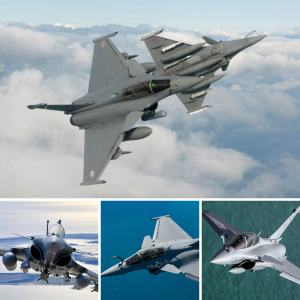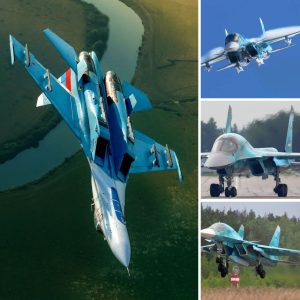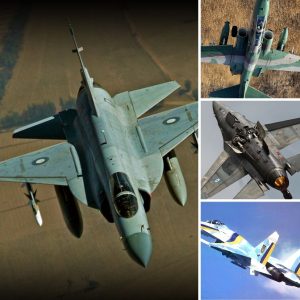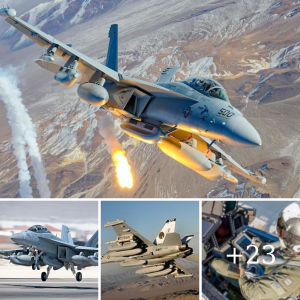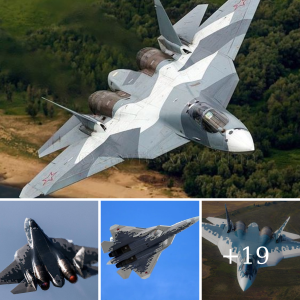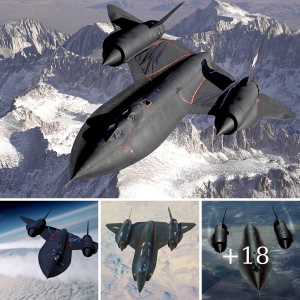The Dassault Mirage 2000, a name synonymous with speed, precision, and versatility, has earned its place as one of the most iconic fighter jets in the history of aviation. Developed by the French aerospace company Dassault Aviation, the Mirage 2000 has become a cornerstone of air forces around the world, renowned for its cutting-edge technology, elegant design, and formidable combat capabilities.
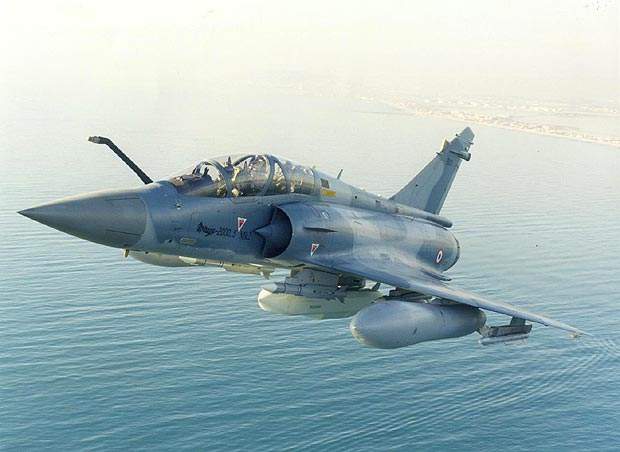
Origins and Development
The Mirage 2000 was born out of a need for a modern, single-engine multirole fighter that could replace the aging Mirage III and Mirage F1 in the French Air Force. In the late 1970s, Dassault Aviation began developing a new aircraft that would combine advanced aerodynamics, a powerful engine, and state-of-the-art avionics. The result was the Mirage 2000, which took its maiden flight on March 10, 1978.
Designed with a delta-wing configuration, the Mirage 2000 was built to excel in both air superiority and ground attack roles. Its design emphasized simplicity, reliability, and ease of maintenance, making it a cost-effective solution for numerous air forces. The Mirage 2000 quickly gained attention for its agility, speed, and ability to perform in a wide range of combat scenarios.
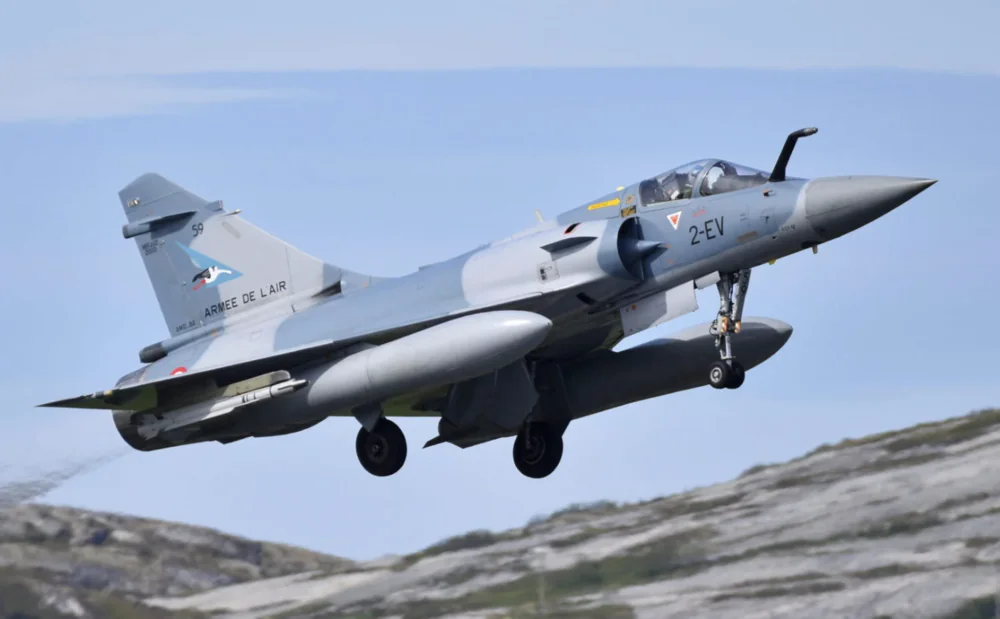
Performance and Capabilities
The Mirage 2000 is powered by a single SNECMA M53 turbofan engine, which provides the aircraft with a top speed of over Mach 2.2. This remarkable speed, combined with its exceptional maneuverability, allows the Mirage 2000 to dominate in dogfights and evade enemy missiles with ease. The delta-wing design not only contributes to the jet’s agility but also enhances its stability at high speeds, making it a formidable opponent in any aerial engagement.
One of the key features of the Mirage 2000 is its advanced avionics suite, which includes the Thomson-CSF RDI radar, capable of tracking multiple targets simultaneously. This radar system, combined with the aircraft’s weapons systems, allows the Mirage 2000 to engage both air and ground targets with pinpoint accuracy. The jet is equipped with a wide array of armaments, including air-to-air missiles, air-to-ground missiles, and a 30mm DEFA cannon, making it a versatile platform for various mission profiles.

Global Impact
Since its introduction in the early 1980s, the Mirage 2000 has seen extensive service with air forces around the world. It has been exported to numerous countries, including India, Greece, the United Arab Emirates, and Taiwan, where it has played a crucial role in maintaining air superiority and conducting precision strikes.
One of the most notable deployments of the Mirage 2000 occurred during the Kargil War in 1999, where the Indian Air Force used the aircraft to conduct successful bombing raids against enemy positions in the high-altitude terrain of the Himalayas. The Mirage 2000’s performance during this conflict cemented its reputation as a reliable and effective combat aircraft.

Legacy and Modernization
While the Mirage 2000 has been succeeded by more advanced fighters like the Dassault Rafale, it remains a significant asset in the arsenals of many nations. Over the years, various upgrades have been introduced to enhance the aircraft’s capabilities, including improved radar systems, avionics, and weapons integration. These modernized versions, such as the Mirage 2000-5 and Mirage 2000-9, continue to serve with distinction, ensuring that the Mirage 2000 remains relevant in modern air warfare.
Conclusion
The Dassault Mirage 2000 is more than just a fighter jet; it is a symbol of French engineering excellence and a testament to the enduring legacy of the Mirage family of aircraft. With its sleek design, powerful performance, and proven combat record, the Mirage 2000 has left an indelible mark on the history of aviation. As it continues to serve in air forces around the world, the Mirage 2000 stands as a reminder of the critical role that innovation and versatility play in the ever-evolving landscape of air combat.
